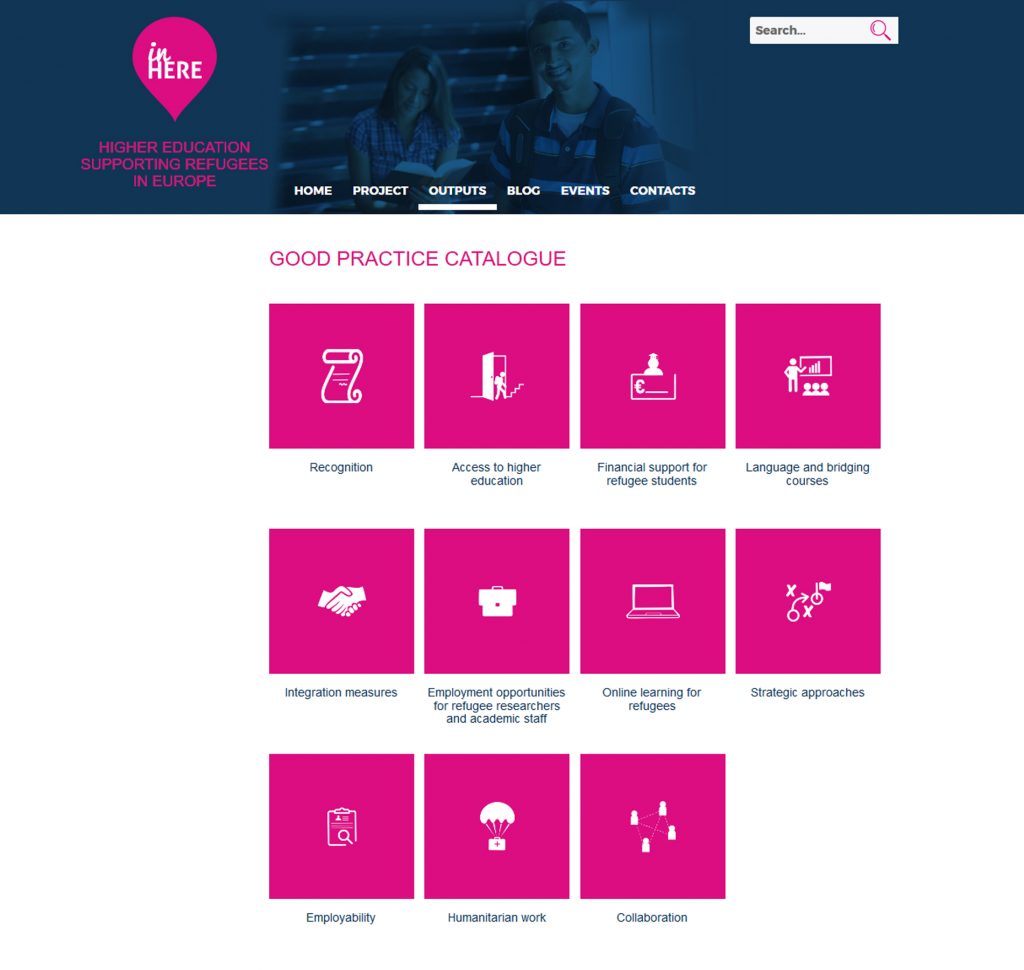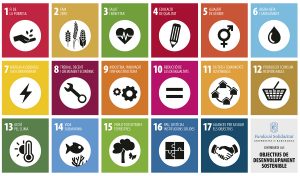One of the selected practices to be part of the catalogue is the UB support program for refugees and people from conflict areas.
 The Higher Education Supporting Refugees in Europe (inHERE) project, in which the University of Barcelona takes part, has published its first results: the Good Practice Catalogue (GPC), which is the product of an in-depth analysis of almost 300 initiatives from 32 countries.
The Higher Education Supporting Refugees in Europe (inHERE) project, in which the University of Barcelona takes part, has published its first results: the Good Practice Catalogue (GPC), which is the product of an in-depth analysis of almost 300 initiatives from 32 countries.
These initiatives were submitted by higher education institutions and organizations committed to the refugee welcoming that took part in the Refugees Welcome Map campaign, organized by the European University Association (EUA) until early 2017.
Just like the case for the Map itself, the aim of the GPC is to serve the academic communities of Europe and other places as a source of information and inspiration, and enable exchange and collaboration between stakeholders. While the catalogue is focused on experiences with refugee students and researchers, it also aims to foster a wider debate and include strategies from higher education institutions, its third mission and their approaches on diversity management.
Criteria for catalog selection
GPC’s good practices were selected according to a set of criteria focused on the current or potential high impact regarding the integration of refugees into the study and social life. Although institutions were asked to provide the figures of students and researchers to come with each practice, the potential for transferability and upscale in other higher education systems and university context is more important than quantity.
Preferably, the chosen practices were based on evidence (needs of the refugees and context specifications), previously tested (activities already carried out in the institution with other groups of students or as part of internationalization are usually adapted), sustainable (regarding the funding model and long-term planning), collaborative (carried out with other institutions, local or regional actors and the welcoming people), strategic and related to the university aims (and its understanding of the institution as a societal actor) and transferable (to other higher education institutions or linked organizations).
inHere highlights that GPC is by no means an inventory for the taken measurements in Europe regarding the inclusion of refugees in higher education, mostly because the Refugees Welcome Map does not result from a systematic mapping but it gathers volunteer contributions that come up from a short questionnaire.
Good practices were listed in 11 topic categories. Each practice has different category labels, the first of which is that which has been selected for the GPC. The descriptions of the initiatives are based on the submitted text in the form for the Refugees Welcome Map, apart from a series of follow-up questions asked to the participants.
The catalogue includes the UB support program
One of the good practices in GPC is the University of Barcelona support program for refugees and people from conflict areas, which was selected for its strategic approach.
According to the GPC, few initiatives from the Refugees Welcome Map were supported from the institutional mission or strategic planning at first. However, most of them were commenced ad hoc by students and members of the staff who are highly committed. Thus, in this category, there are initiatives that relate the commitment towards refugees with strategies for global management of diversity. These would be approaches that can benefit other groups of non-refugee students who face access-barriers and are likely to drop out of school.
Apart from being in the category of strategic approach, the UB support program is also listed in the categories of language and bridging courses, humanitarian work and collaboration.







